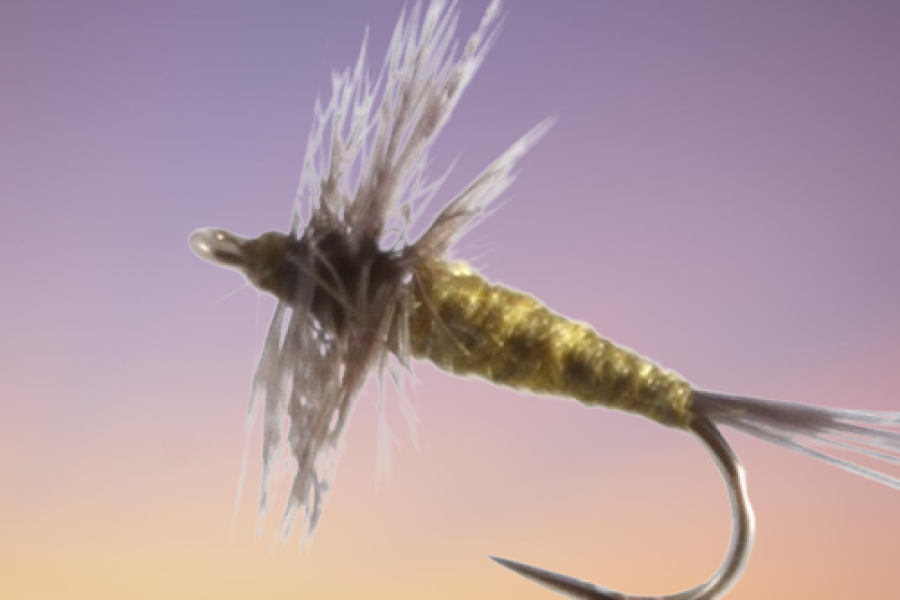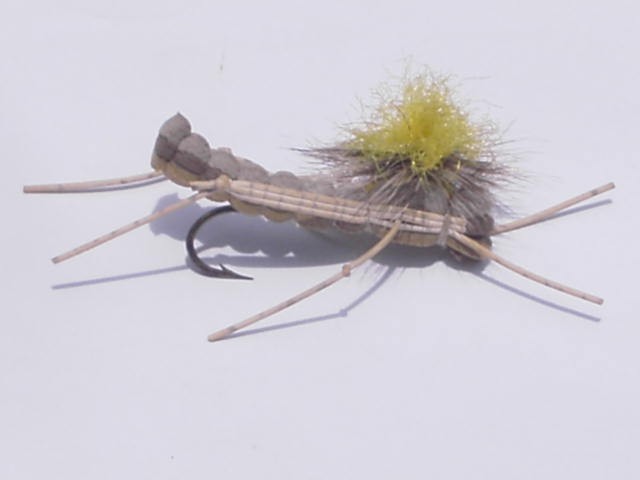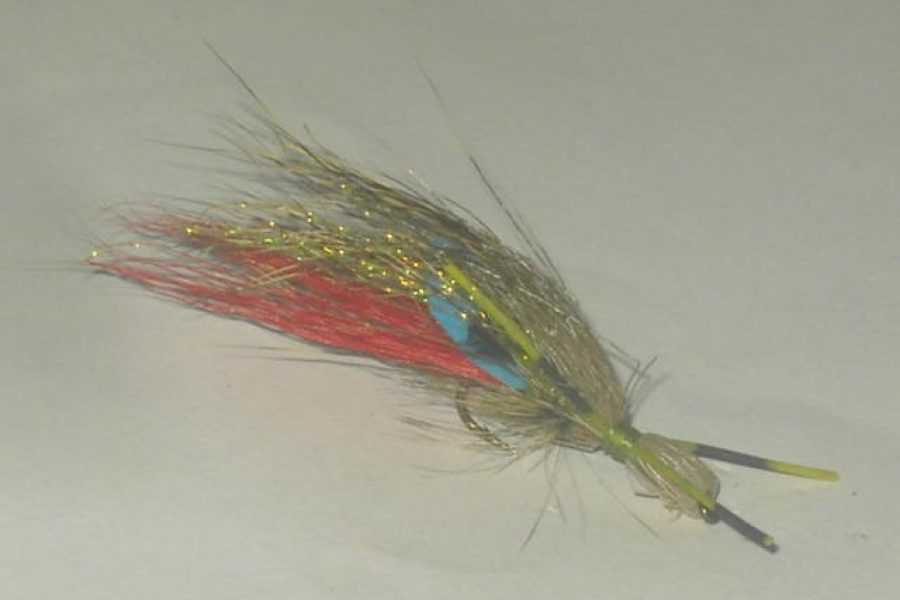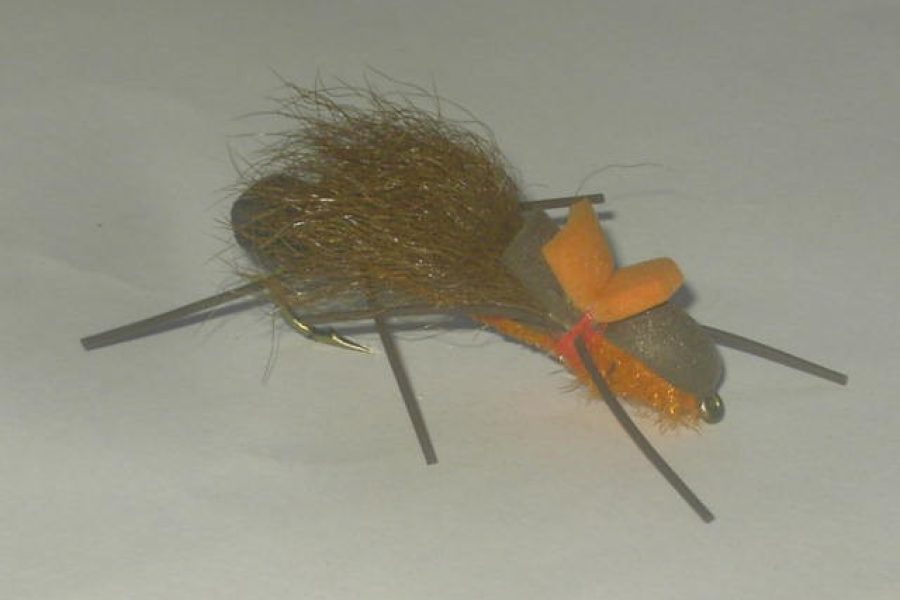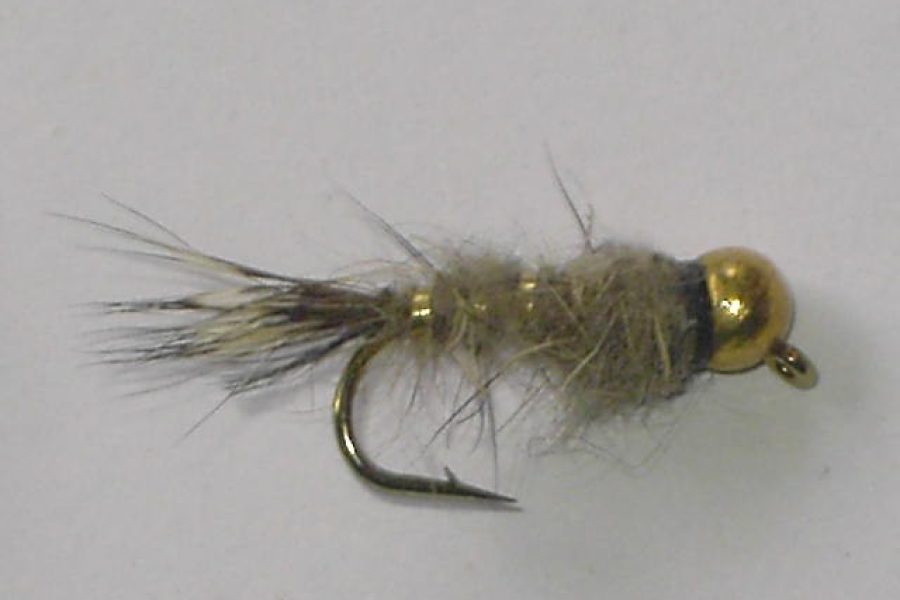Description
Triple Decker Parachute Gray/Tan: Premium Mayfly Pattern
The Triple Decker Parachute in gray and tan represents an innovative approach to mayfly imitation, combining multiple layers of visibility with proven fish-catching effectiveness. This meticulously crafted pattern features a unique triple-layer design that creates an unmistakable silhouette on the water’s surface, making it particularly effective during mayfly hatches and as a searching pattern.
Design Excellence and Innovation The pattern showcases sophisticated design elements that set it apart from standard parachute patterns. Its carefully engineered triple-layer construction provides enhanced visibility while maintaining a natural profile, while the gray and tan color combination creates a realistic impression that suggests various mayfly species. The combination of visibility and natural presentation makes it particularly effective during challenging light conditions and on difficult waters.
Material Selection and Technical Construction Every component is carefully selected for both performance and durability:
- Premium synthetic post materials
- High-quality hackle
- Strategic layer placement
- Durable thread base
- Specialized dry fly hook
- Reinforced construction techniques
Strategic Fishing Applications This pattern excels in multiple fishing scenarios:
- Mayfly hatches
- Evening fishing
- Difficult light conditions
- Technical water
- Search pattern fishing Each environment allows the pattern to showcase its effectiveness.
Seasonal Effectiveness The pattern demonstrates remarkable productivity throughout the year:
- Spring: Early season mayflies
- Summer: Evening hatches
- Fall: Late season opportunities
- Winter: Midday fishing Seasonal adaptations in presentation maximize success.
Species-Specific Performance While primarily designed for trout, the pattern proves effective for:
- Brown Trout in evening conditions
- Rainbow Trout in fast water
- Brook Trout in mountain streams
- Grayling when present
- Various selective feeders
Water Presentation Characteristics Superior presentation qualities include:
- Excellent flotation
- Enhanced visibility
- Natural drift properties
- Perfect silhouette
- Attractive movement
Advanced Retrieval Techniques To maximize the pattern’s effectiveness:
- Dead-drift presentation
- Subtle twitches
- Skip-cast techniques
- Wake creation
- Surface manipulation
Technical Advantages Key performance benefits include:
- Superior buoyancy
- Enhanced visibility
- Excellent hook-up ratio
- Durable construction
- Versatile fishing applications
Line and Leader Configuration For optimal presentation:
- Weight-forward floating lines
- 9-12 foot leaders
- 5X-6X tippet
- Degreased leader sections
- Proper turnover design
Environmental Adaptability The pattern performs consistently across:
- Various light conditions
- Different water clarities
- Multiple current speeds
- Various temperatures
- Different weather patterns
Competition and Professional Applications The Triple Decker Parachute has established itself in serious angling:
- Tournament-proven pattern
- Guide’s choice for visibility
- Professional competition use
- Teaching pattern for dry fly fishing
- Reliable producer in challenging conditions
Size Variations and Pattern Modifications Available in multiple configurations:
- Sizes 14-20 standard
- Various post colors
- Hackle density options
- Body material variations
- Layer modifications
Storage and Maintenance Requirements To maintain optimal performance:
- Store in ventilated compartments
- Avoid hackle compression
- Regular post straightening
- Proper drying essential
- Flotant application methods
Advanced Rigging Techniques Multiple rigging options enhance versatility:
- Traditional dry fly presentation
- Dropper rig applications
- Multiple fly configurations
- Specialized leader designs
- Indicator fly setups
Historical Context and Evolution The pattern’s development reflects:
- Traditional parachute patterns
- Modern visibility enhancement
- Refined proportions
- Proven effectiveness
- Continuous improvement
Quality Control Standards Each fly maintains strict requirements:
- Precise layer alignment
- Proper proportioning
- Construction integrity
- Hackle quality
- Pattern uniformity
Fishing Location Selection Optimal fishing locations include:
- Smooth glides
- Tailouts
- Current seams
- Riffles
- Feeding lanes
Weather and Condition Considerations Pattern effectiveness varies with:
- Light intensity
- Cloud cover
- Wind conditions
- Temperature
- Barometric pressure
Presentation Techniques Achieving proper presentation through:
- Accurate casting
- Proper mending
- Drift control
- Distance management
- Line control
Color and Visibility Characteristics The pattern’s gray and tan coloration provides:
- Natural appearance
- Enhanced visibility
- Perfect contrast
- Light reflection
- Shadow creation
Movement Characteristics Natural movement achieved through:
- Hackle action
- Layer interaction
- Body position
- Current interaction
- Surface tension effects
Durability Features Construction elements ensuring longevity:
- Reinforced post construction
- Quality hackle selection
- Proper proportioning
- Strategic material placement
- Hook point protection
Target Species Behavior Understanding fish response to:
- Surface disturbance
- Pattern visibility
- Movement triggers
- Feeding patterns
- Strike triggers
Water Type Adaptations Effective across various waters:
- Spring creeks
- Freestone rivers
- Tailwaters
- Mountain streams
- Technical waters
Casting Techniques Specialized casting methods:
- Accuracy casting
- Distance presentation
- Line speed control
- Loop formation
- Wind adaptation
Strike Detection Recognizing takes through:
- Visual observation
- Surface disturbance
- Leader movement
- Line reaction
- Sound detection
Hook Setting Techniques Proper hook setting through:
- Timing considerations
- Pressure control
- Direction management
- Follow-through
- Fish behavior reading
Fighting Techniques Landing fish effectively:
- Pressure application
- Direction control
- Line management
- Fish behavior adaptation
- Landing strategies
Additional information
| Hook type | Barbed Hooks, Barbless Hooks |
|---|---|
| Hook size | 10, 12, 14, 6, 8 |


